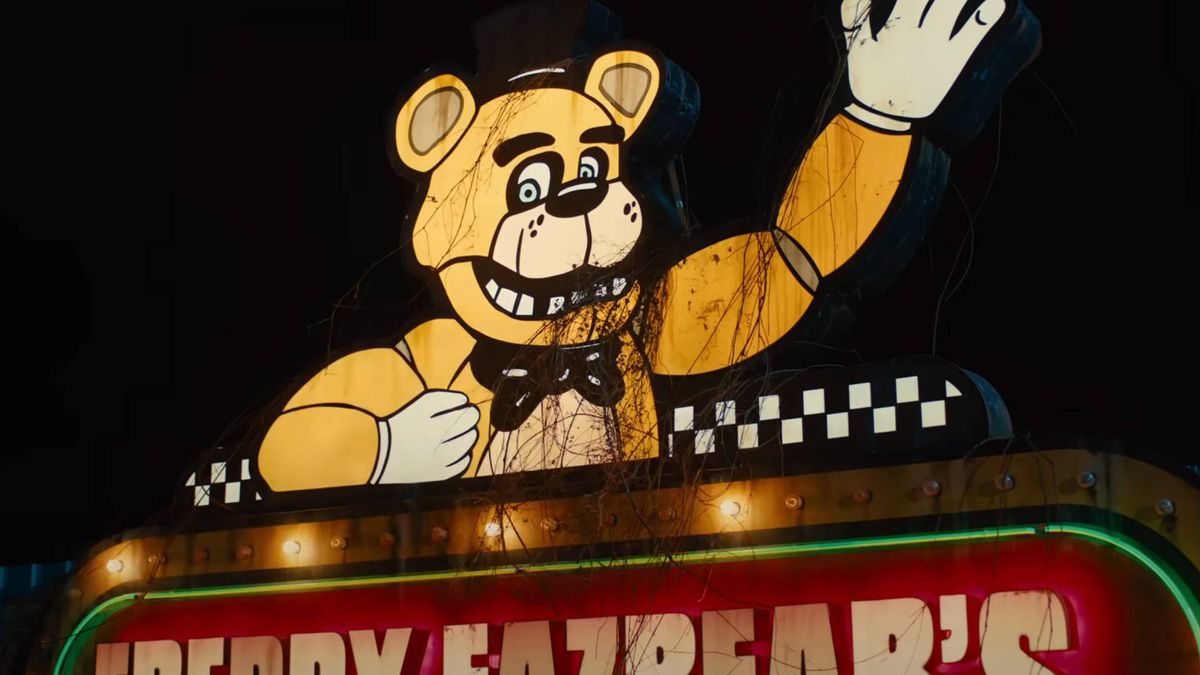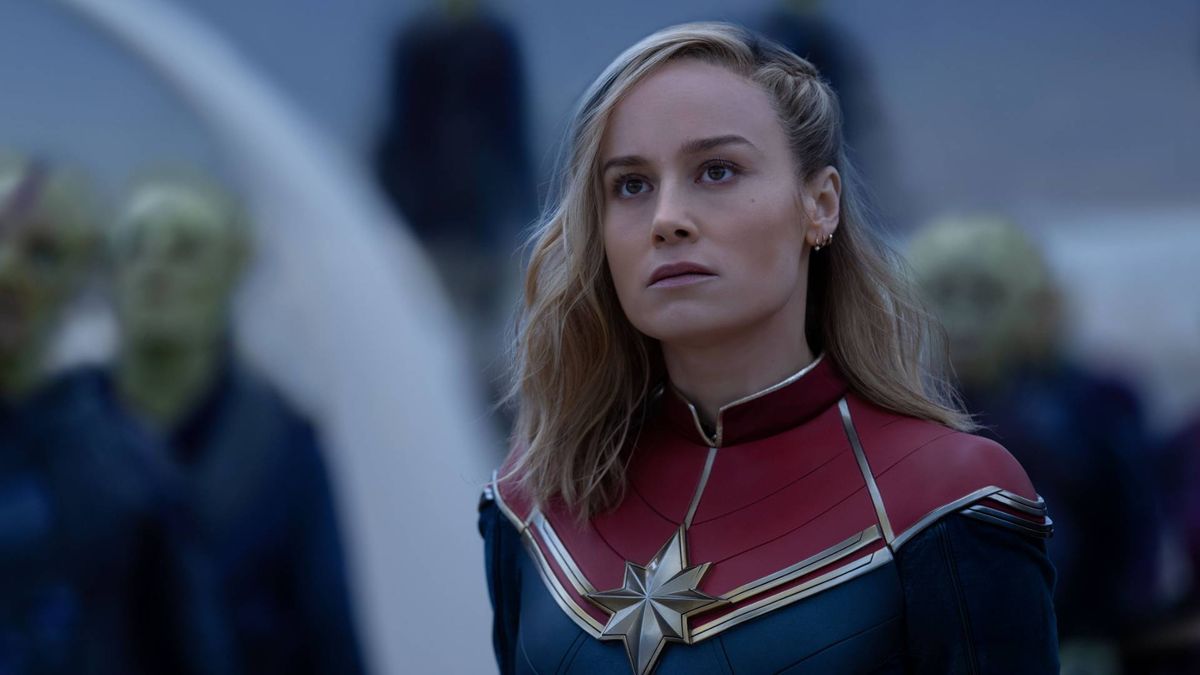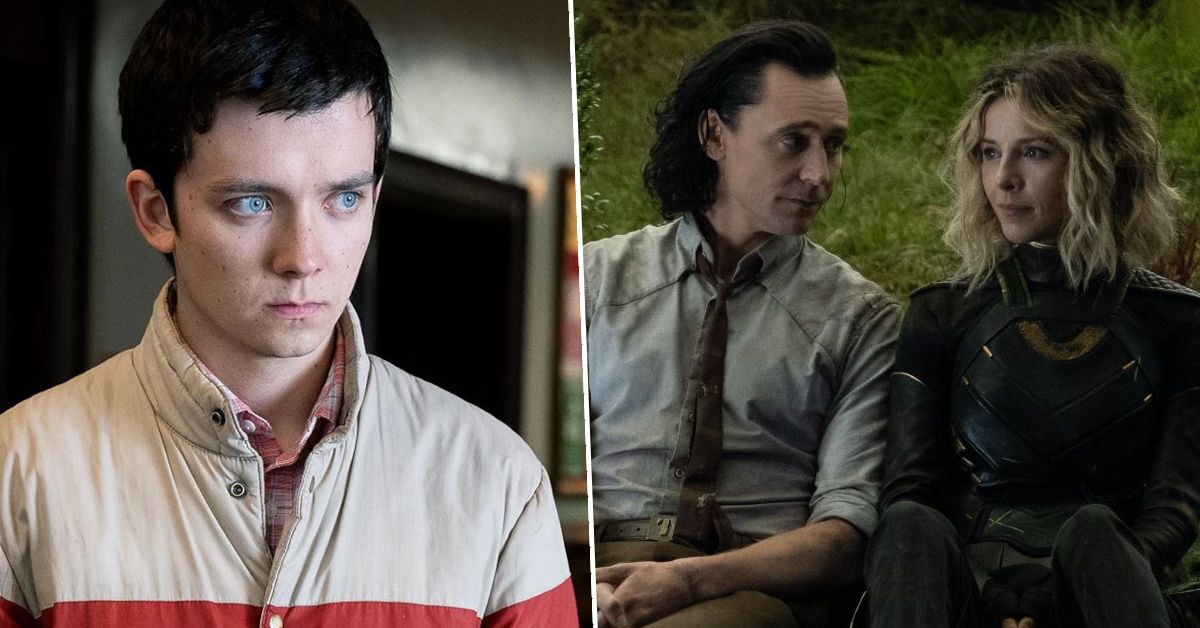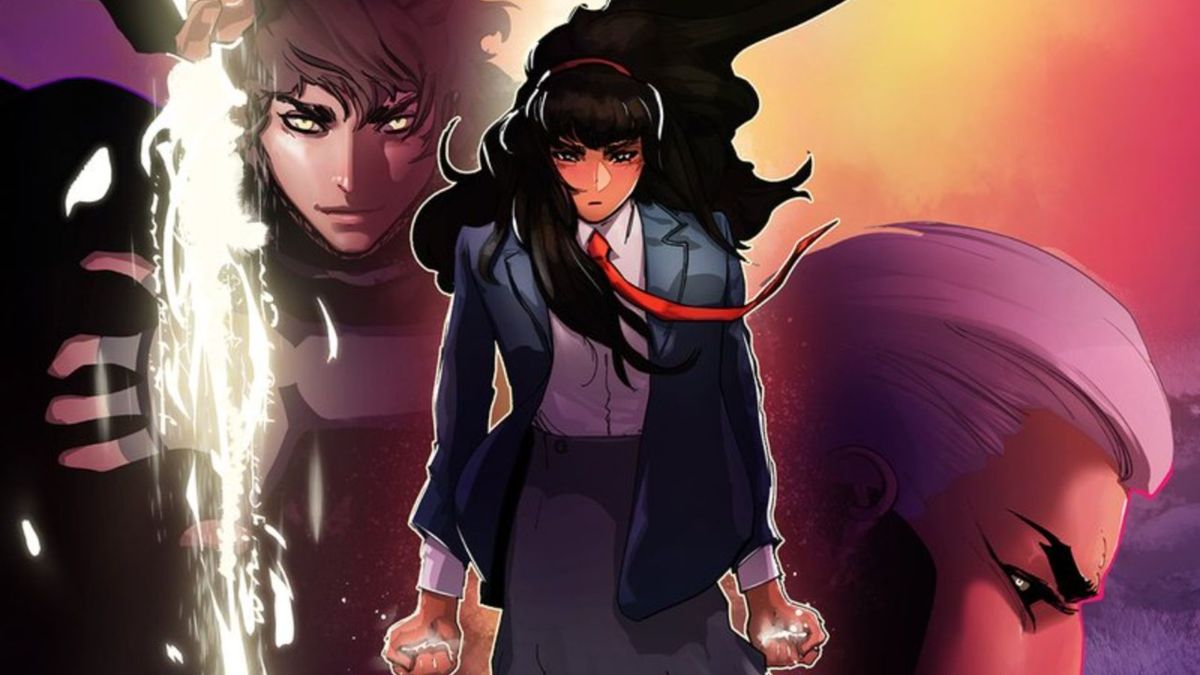Depending on who you ask, Black Adam of the Shazam family of powers is either an anti-hero or a downright villain. The character is slated to make his big-screen debut this year, played by Dwayne Johnson, but before that happens, he’ll star in a new ongoing series written by Christopher Priest, who’s known for not just reinventing characters, but challenging the white-centric mythos that accompanies many legacy characters at Marvel and DC.

With his take on Black Adam, Priest is once again pushing the envelope, and he says he’s surprised DC is letting him do so much. In addition to dialing in on Black Adam’s Egyptian heritage and tackling the more political aspects of the character and his power, Priest is also writing the character strictly as a villain who’s well past the point of getting a redemption arc.
Black Adam #1 follows the titular character, aka Theo Teth-Adam, as he chooses a descendent to help him bear the weight of the Shazam power while he’s on the brink of death. The series features art by Rafa Sandoval, colors by Matt Herms, and letters by Willie Schubert, and it debuts in June.
We spoke with Priest about his reasons for signing onto the series, why he finds Black Adam interesting, how he and the creative team are evolving the character, and what makes him nervous about seeing the series actually hit shelves.
Samantha Puc for Newsarama: Priest, what most appeals to you about the character of Black Adam?
Christopher Priest: I think in general, what appeals to me about him is kind of that Vandal Savage thing, in that this is a guy who is cursed with immortality. Immortality sounds like a good deal, but it’s kind of like retirement. I know some guys who retired and they said to me, ‘For the first five, even ten years, it was great. We took vacations. We slept in. We did whatever we wanted to do. And then we realized, oh my god, this is boring.’ I think, as I see it, immortality is like this overcoat. A heavy, winter coat that becomes burdensome to wear after a while. You need to take it off every now and then.
In our series, we will see as much of Theo Teth-Adam the man, the human being, as we will of the immortal Black Adam. What would this guy be like? What goes on inside this guy’s head? If there was a challenge for me, that would be it.
Nrama: You’ve talked about being hesitant to take on this series. How did your editor, Paul Kaminski, win you over and convince you?

(opens in new tab)
Priest: I did what I always do, which was open my big mouth. Sometimes I try to say something to scare an editor away. I try to get him to go away, or to explain why I’m the wrong guy for this book. [So I said,] ‘If I was going to write a Black Adam series, I would do something like this.’ I went into how I would focus more on his ethnicity. I said, ‘Look, by the way, Egypt is in Africa. You gotta stop drawing him like a white guy. You gotta stop treating him like a white guy.’ There’s all this unexplored country within the character’s makeup, and DC’s never gone there. They’ve never said, ‘OK. This is a guy from the Middle East who lives part-time in America, where he would be subject to a certain level of scrutiny and bigotry.’ There would be these political forces around Kahndaq that are pressing on him externally: He’s right next door to Jordan and Israel’s not that far away, and then the real Egypt is to the west of them.
Then you have internal forces. You have a growing democracy movement. Black Adam’s trying to be very progressive. Kahndaq the city is full of all these ancient monuments, but we’re also seeing all of these construction cranes dotting the landscape because he’s trying to transform it into something more like Wakanda. So he’s modernizing and up are going these amazing glass towers, and things like that. The people of Kahndaq are split over that. Some people like that: ‘Yes, we’d like a secular government. We like you progressive.’ But some want Sharia Law and they want traditionalism. So there’s this tension going on there. He can’t support a democracy movement, not because he doesn’t want his people to be free, but because American-style democracy is a very difficult thing to attain and a very difficult thing to maintain, as we are seeing in our own country. Ironically, I agree with Black Adam, where Black Adam is against democracy in Kahndaq. I think he’s right.
These are the kinds of issues that I would want to explore if I was doing a Black Adam book, and I just assumed that Paul Kaminski, my editor, would hang up on me. I’m surprised that he didn’t and that we continued having a discussion about it, but I’m even more surprised that this book is actually coming out. I never thought we’d get this far. I just thought somebody, somewhere, in some office, wearing a tie, was going to see this thing and go, ‘Oh my God, fire that guy! We can’t print this! This is too edgy for what we do here.’ But apparently not, so I apologize to DC. I apologize to Paul Kaminski.

(opens in new tab)
Nrama: How much input has the creative team had in shaping this new take on the character?
Priest: I don’t want to speak for Rafa [Sandoval, the series artist], but I believe we are really forming a good partnership. There are some things we communicate as a group with Paul and with Matt Herms, our colorist, and Chris Rosa, our assistant editor, but there’s an awful lot of one-on-one communications in the middle of the night between Rafa and I where we’re talking about character. I feel like the more he understands character, and the more he understands where I’d like the series to go, the better informed his creative choices. A lot of times I’m asking him, ‘Do you think better with, or better without?’ I’d like to think that we are building a very productive partnership, rather than just, ‘Well, I write.’
Nrama: Why was it important for you to create a story about Black Adam and about Theo Teth-Adam that stands on its own?
Priest: First of all, I had assumed that we’d be coming out after the movie. I’m a little nervous – no, I’m a lot nervous – that the film got delayed. Apparently, all of the VFX houses are all backed up because of what’s been going on, so we’re out of the gate before the movie, much to my horror. There’s so much attention on the movie itself and so the sharks are circling, just looking for something to do while they’re waiting for the movie to come out. And they’re like, ‘Aha! Here’s this Black Adam comic. Let’s rip that to shreds.’ I’m like, ‘Please be nice to me!’
Beyond that, I had assumed that people would come out of the Black Adam film and hopefully pick up the Black Adam comic book. I didn’t want them to immediately be confused if I had to explain why all the heroes are dead and all this other stuff, and so forth, so our first act of our series – the first six issues – if you want to place them in continuity, they actually take place just before the Justice League all gets squashed like bugs. Issues #1-6 take place before that, and the events of Dark Crisis and the death of the Justice League will be reflected in issue #7 onward. That way, if you’ve never read any DC, you don’t have to prepare yourself. You don’t have to study. You don’t have to read anything or learn anything or know anything. If you’ve never read a comic book in your entire life, you could pick up Black Adam #1 and not feel confused.
Nrama: What changes or evolutions are you most excited about exploring?
Priest: I, personally, have never seen a comic book about a villain where the villain is getting what he deserves. We did a little of that with Deathstroke, where his character flaws led him to be kind of like Wiley Coyote – just kept having the anvil dropped on him. Our theme here is that there is no redemption for Black Adam because there really isn’t. They’ve gone too far with the character. He’s done too much harm. He’s killed too many people. He’s dropped too many babies on their heads. This is a bad guy. As much as DC or Warner Bros. or my mom or whoever would like me to turn him around and make him a hero so they can sell lunch boxes with Black Adam on them, this guy is a villain. That’s how I see him and that’s how I’m going to write him until somebody wises up and fires me.

(opens in new tab)
This is a guy who’s obsessed with legacy, and he would like the last years of his history to reflect a better person than the earlier years of his history. He’s obsessed with his legacy, but he’s trying to clean up his act for the wrong reasons – for reasons of ego and building a monument to him or whatever the story is. Superman helps us because Jonathan Kent taught him to help us, because Martha Kent taught him to help us. Black Adam helps us because it looks good on his resume. He’s doing the right thing for the wrong reason.
Nrama: What can longtime fans expect from this series?
Priest: There’s subtext in the series for longtime fans. There is stuff that they can read between the lines. Obviously, there are characters who pop up – who shall remain nameless for now – that longtime fans will recognize. New readers won’t know who they are, necessarily. There are a couple little Easter eggs for long-term fans, and I hope they will find the Black Adam character recognizable even as we evolve him. It’s the same character, but a completely new take on him that I think will make long-term fans say, ‘Well this is really interesting, that they found some new ground to explore with the character and take him in this new direction.’ Hopefully, they’ll be excited and interested to see where we’re going and what we have in store. Fingers crossed.
Nrama: What makes you the most nervous about putting this book out, aside from it coming out before the movie?
Priest: How aggressively negative the social media atmosphere is, where it’s more fun to tear something down and attack something than it is to give it a chance or give it a thumbs up. I’ve been driving everybody crazy, and my apologies to my editor and our marketing guy, Nicholas Valente. I’m just biting people’s heads off and I’m in a foul mood because I really have high hopes for this book. It would really upset me if the book got shafted before it even got to the stands. I’m at least trying to get it on sale, get it to your comic shop before people start tearing into it.
I’m not sure why, but it feels like a lot of these people who are critics of Marvel or DC – but especially DC, people really have a hard-on for DC – don’t actually buy the books. They’ve not actually read the books. They’ve read about the books. Jonathan Kent is bisexual. Attack, attack, attack, attack! Have you actually read the book? It’s pretty good! I’m not really sure what the problem is, but this is what I’m talking about. It’s not like pre-Internet when we had more control over the marketing. I’m just trying to get the baby delivered into mommy’s hands and get a fair shot. I hope the book finds an audience. I’m having so much fun writing it, and believe me, I’m a cynical guy. I’m not a very good liar. If I wasn’t enjoying writing the book, I wouldn’t say so.

(opens in new tab)
Nrama: Can you tell us about the new character that’s introduced in Black Adam #1?
Priest: His name is Malik. The origin story we are using for Black Adam is derived from the New 52, where he kills his nephew Aman and steals the Shazam power. In our series, he comes across a descendent – I’m sure he has many, many, many descendants – and circumstances bring them together. Eventually, Black Adam grows to see this descendent, this young man, Malik, as kind of a proxy – if not a replacement – for Aman. The Black Adam power was always meant to be shared between Adam and Aman, but Adam was fearful that Aman would force him to be a nice guy. In the end, he axed the kid. That’s the original sin. That’s the moment that haunts Black Adam through eternity, and Malik represents a second chance. A second bite of this particular apple. We’ll see what happens.
Nrama: What are you hoping readers take away from this series?
Priest: I think we’re exploring the nature of heroism and why some people are heroes and some people are not. Being a hero is not as simple as tying a cape around your neck. I really hope readers will see a little of themselves in Black Adam and a little of themselves in Malik, and realize that all of us – man, woman, non-binary, Black, white, Asian, Latino, Democrat, Republican – we all are sharing this human experience. There are shades of Black Adam and shades of goodness in all of us. It’s really about the human struggle and how it’s worth being a positive contributor.

(opens in new tab)
Nrama: Is there anything you’d like to add?
Priest: I’m very excited, very hopeful about the book. I think the quality of the book owes as much to my editor, Paul Kaminski, as it does to any single person on the creative team, especially me. I have driven everybody crazy because I’m so neurotic and I really want this book to succeed. I really wanted to carefully control the pre-flight messaging, so we have the best fighting chance of being received. Everybody here is just swinging for the fences. I’ve never seen better art come from Rafa Sandoval. Matt Herms, the colorist, is someone I did not know until now and wow! Oh, just wow. I’m very hopeful, very thankful to everybody, including our letterer, Willie Schubert. We’re just hoping for the best.
Black Adam #1 goes on sale June 21.
If you’re not sure who Black Adam is or what his powers are, check out our explainer.
 Games News games, movies and TV you love.
Games News games, movies and TV you love.



